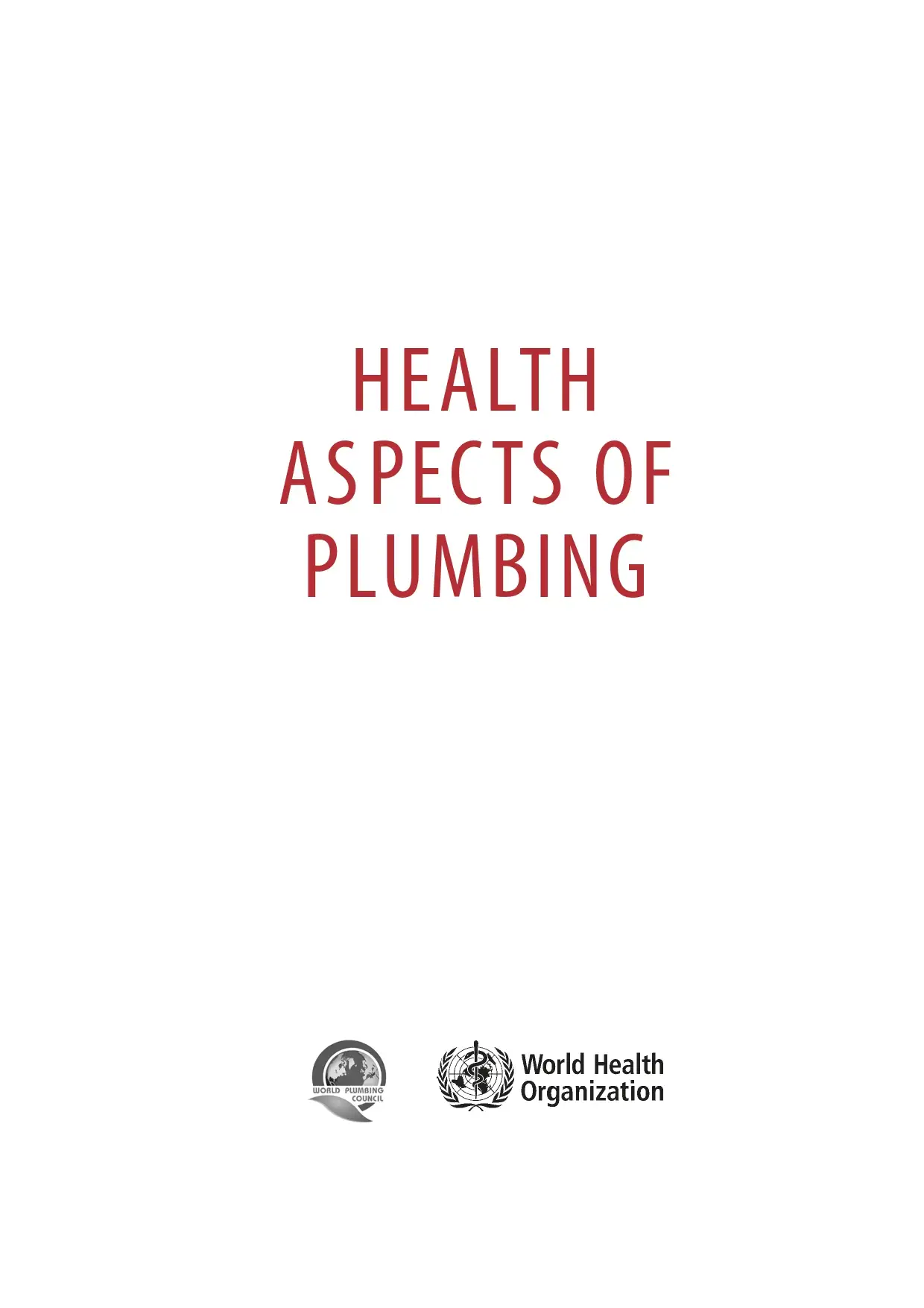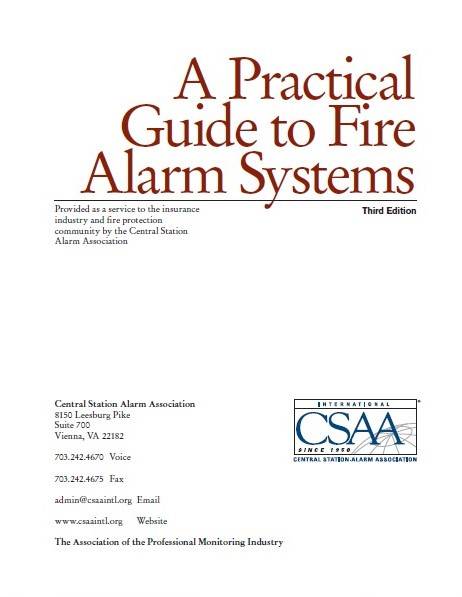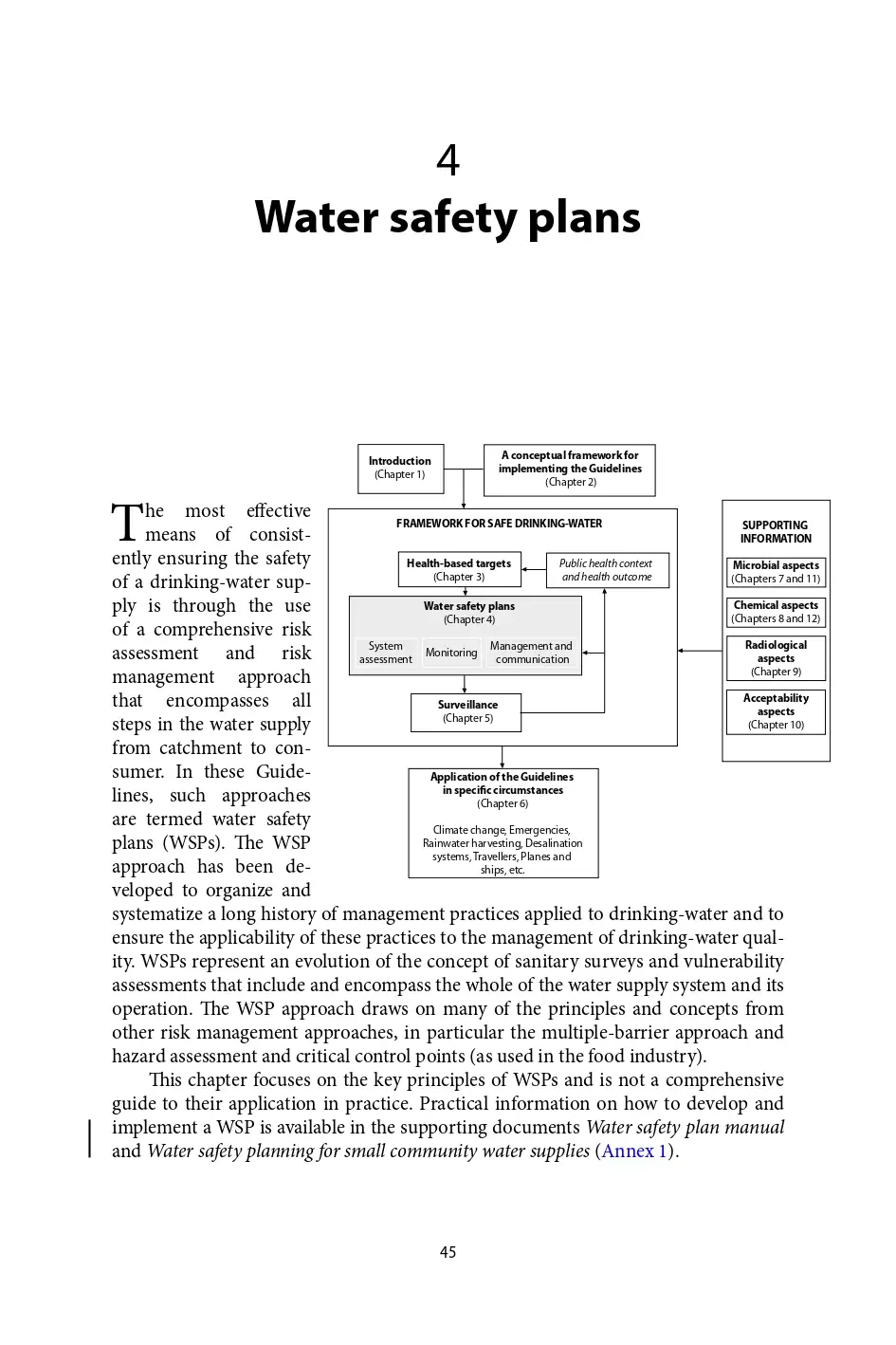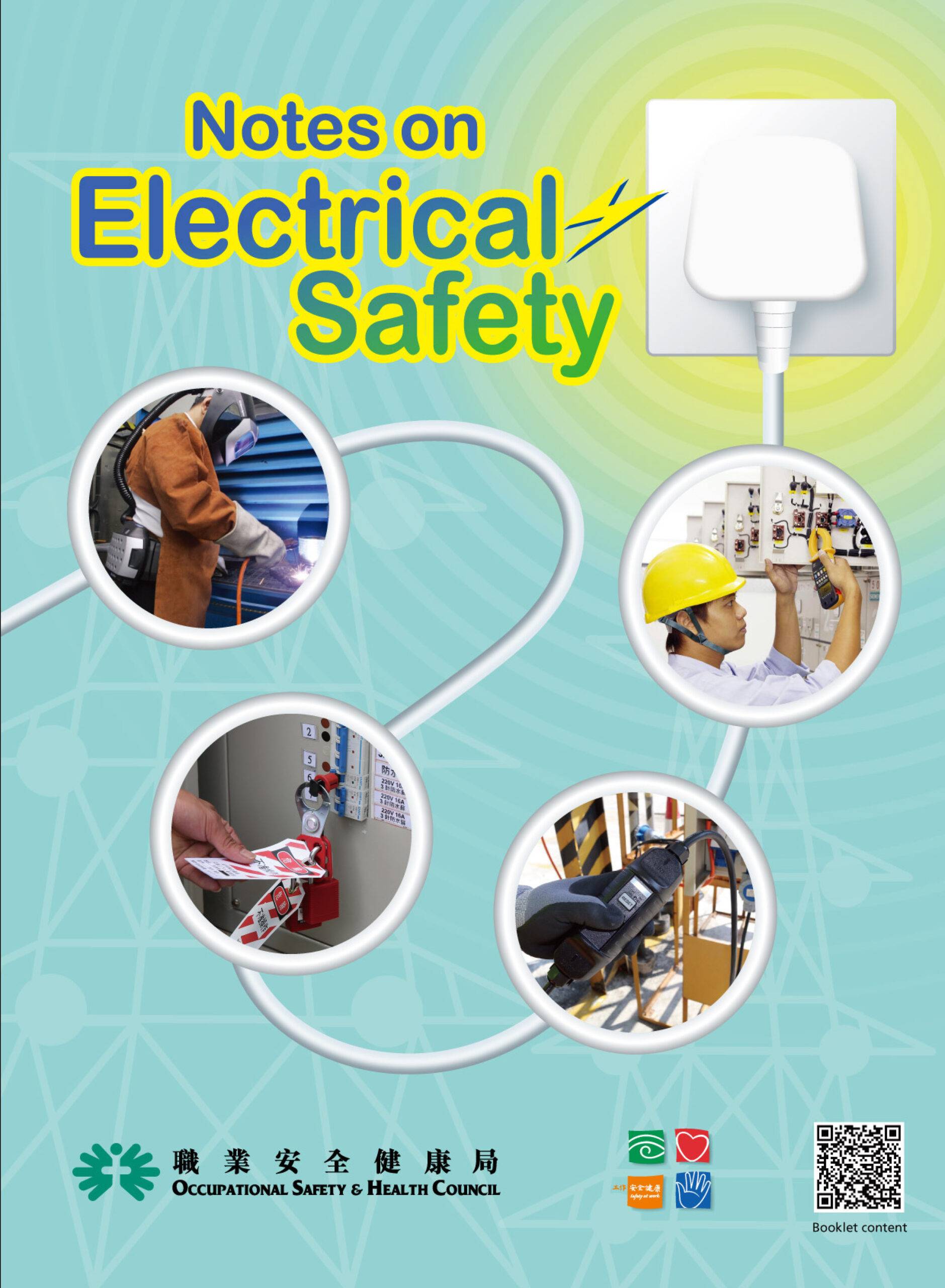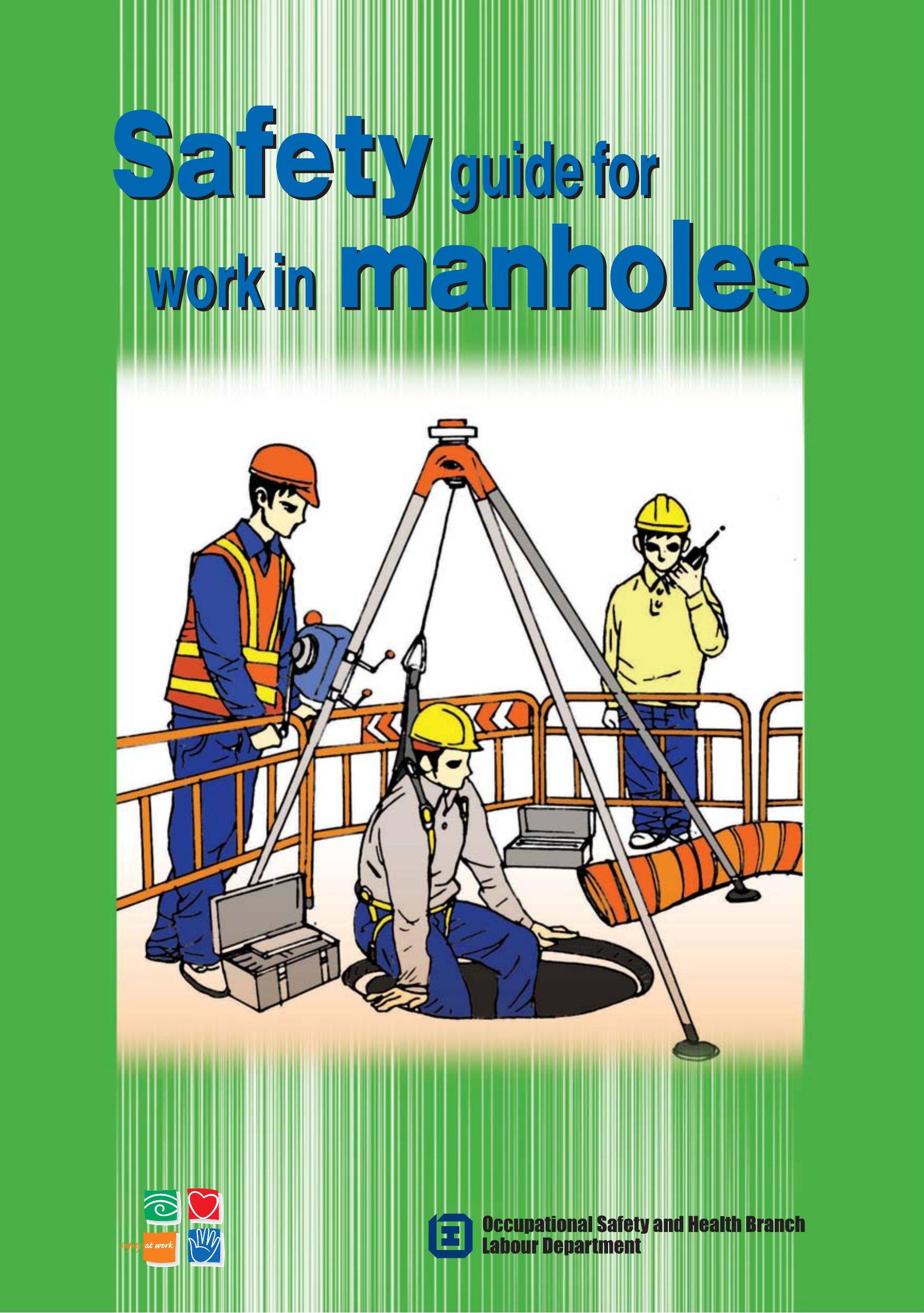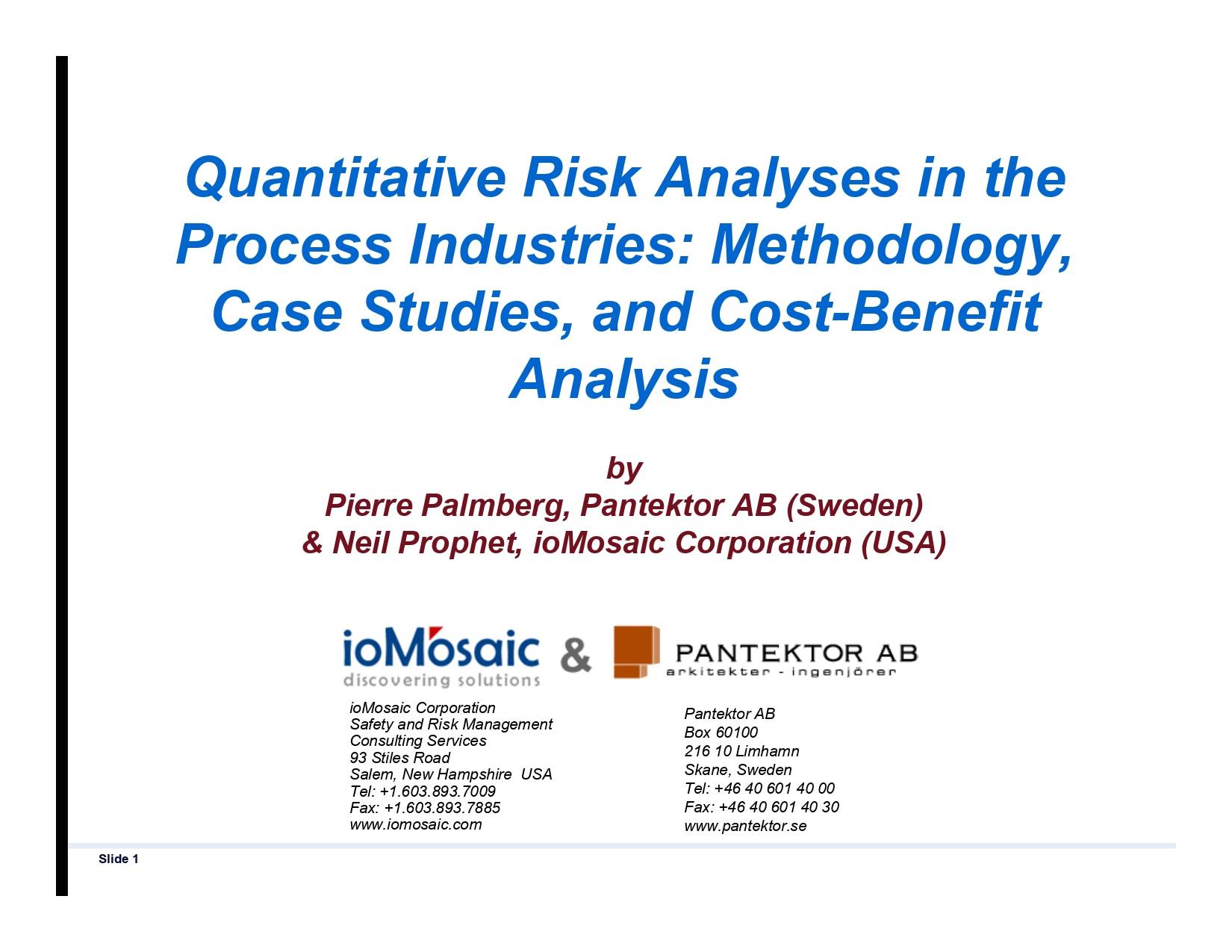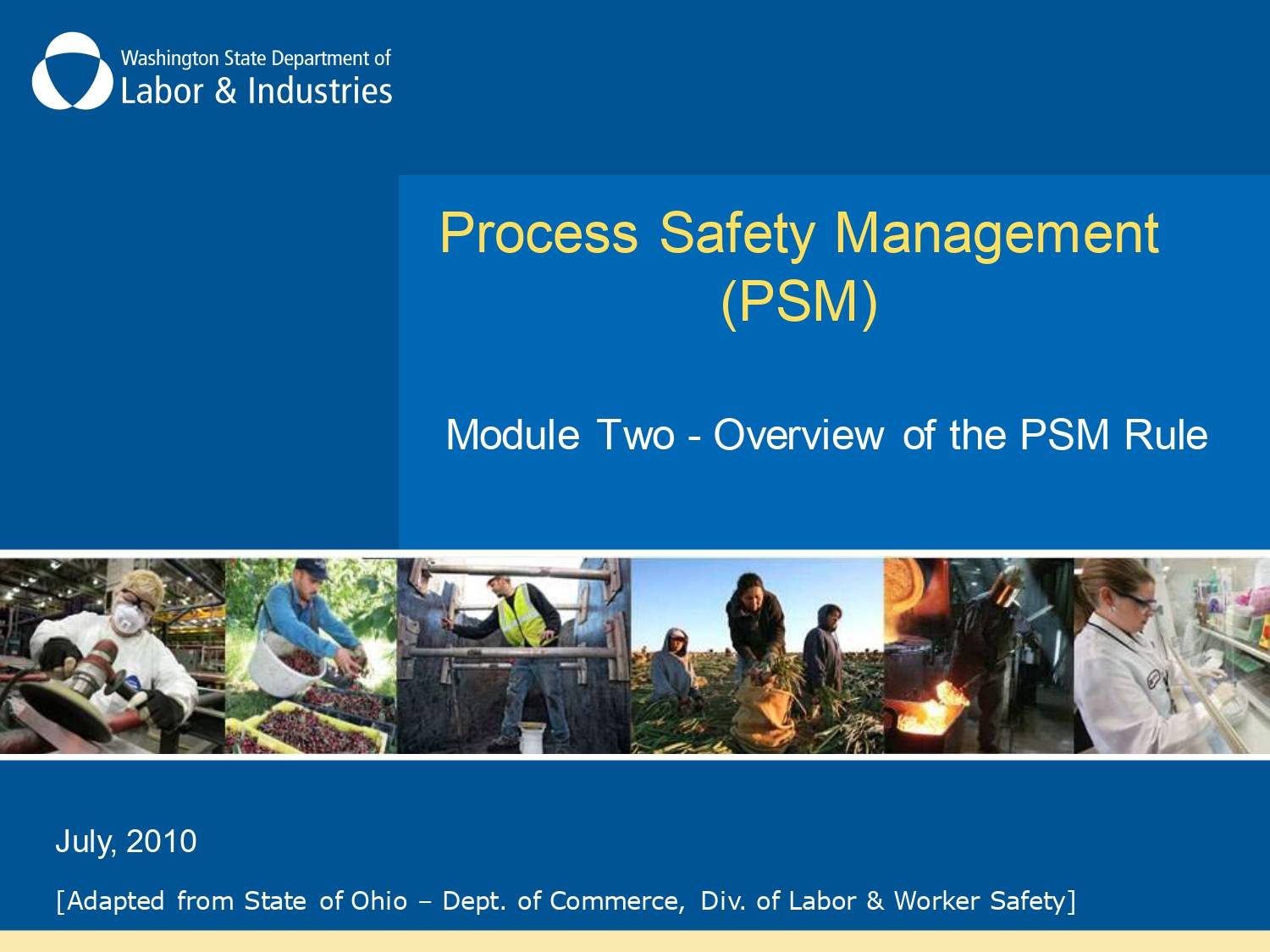Electrical Safty
Introduction
As a source of power, electricity is used in all aspects of life. In the home and at work, electricity provides the power for everything from domestic appliances to industrial machines, from office equipment to electric tools. When compared to the potential dangers of machinery and chemical substances, electrical hazards can be easily overlooked. Unfortunately, this neglect often causes serious accidents and loss of property. Many of these accidents can be prevented as they are mainly caused by electricity users who lack basic safety awareness.
Electrical Safty
Introduction
As a source of power, electricity is used in all aspects of life. In the home and at work, electricity provides the power for everything from domestic appliances to industrial machines, from office equipment to electric tools. When compared to the potential dangers of machinery and chemical substances, electrical hazards can be easily overlooked. Unfortunately, this neglect often causes serious accidents and loss of property. Many of these accidents can be prevented as they are mainly caused by electricity users who lack basic safety awareness.
Safety Guide For Work In Manholes
Introduction
Working near or in a manhole inherits potential dangers which may result in serious accidents. The common ones include falls/slips, fire or explosion, oxygen depletion, gas poisoning, heat stress, drowning, asphyxiation arising from gas, fume, vapor, and entrapment by free-flowing solid. Amongst these, dangers involving gases are easily overlooked or neglected, leading to serious casualties. This guide aims to remind persons entering or working in a manhole to take appropriate measures, including measures for the prevention of oxygen depletion and gas poisoning. ‘‘Certified workers’’ (Note 1) must be familiar with the ‘Code of Practice – Safety and Health at Work in Confined Spaces, and before entering a manhole, they must take all the necessary safety precautions to ensure safety at work
Safety Guide For Work In Manholes
Introduction
Working near or in a manhole inherits potential dangers which may result in serious accidents. The common ones include falls/slips, fire or explosion, oxygen depletion, gas poisoning, heat stress, drowning, asphyxiation arising from gas, fume, vapor, and entrapment by free-flowing solid. Amongst these, dangers involving gases are easily overlooked or neglected, leading to serious casualties. This guide aims to remind persons entering or working in a manhole to take appropriate measures, including measures for the prevention of oxygen depletion and gas poisoning. ‘‘Certified workers’’ (Note 1) must be familiar with the ‘Code of Practice – Safety and Health at Work in Confined Spaces, and before entering a manhole, they must take all the necessary safety precautions to ensure safety at work
Quantitative Risk Analyses In The Process Industries: Methodology, Case Studies, And Cost-Benefit Analysis
Abstract
This presentation demonstrates the quantitative risk analysis technique as applied to process industries, with references to several case studies. Demonstration of successful execution, how these studies assisted in reducing overall risk, and the cost-benefit aspect will be addressed. Types of hazardous consequences which can contribute to overall risk will be outlined as well, including fire, toxic and explosive effects. The effect of likelihood is addressed in terms of mechanical failure rates, meteorological data, population densities, and ignition probabilities. Quantitative risk analysis is a widely accepted technique within the chemical and process industries. It has been adopted to form legislative requirements in many countries within Europe and Asia. Quantitative risk analysis typically assesses the risk to society as a whole, or to individuals affected by process operations.
Quantitative Risk Analyses In The Process Industries: Methodology, Case Studies, And Cost-Benefit Analysis
Abstract
This presentation demonstrates the quantitative risk analysis technique as applied to process industries, with references to several case studies. Demonstration of successful execution, how these studies assisted in reducing overall risk, and the cost-benefit aspect will be addressed. Types of hazardous consequences which can contribute to overall risk will be outlined as well, including fire, toxic and explosive effects. The effect of likelihood is addressed in terms of mechanical failure rates, meteorological data, population densities, and ignition probabilities. Quantitative risk analysis is a widely accepted technique within the chemical and process industries. It has been adopted to form legislative requirements in many countries within Europe and Asia. Quantitative risk analysis typically assesses the risk to society as a whole, or to individuals affected by process operations.
Process Safety Management (PSM)
This standard contains requirements for preventing or minimizing the consequences of catastrophic releases of chemicals that are:
- Toxic,
– Reactive,
– Flammable,
– Explosive
▪ These releases may result in toxic, fire, or explosion hazards
▪ A number of catastrophic accidents have occurred resulting in loss of life and great property damage.
Process Safety Management (PSM)
This standard contains requirements for preventing or minimizing the consequences of catastrophic releases of chemicals that are:
- Toxic,
– Reactive,
– Flammable,
– Explosive
▪ These releases may result in toxic, fire, or explosion hazards
▪ A number of catastrophic accidents have occurred resulting in loss of life and great property damage.


